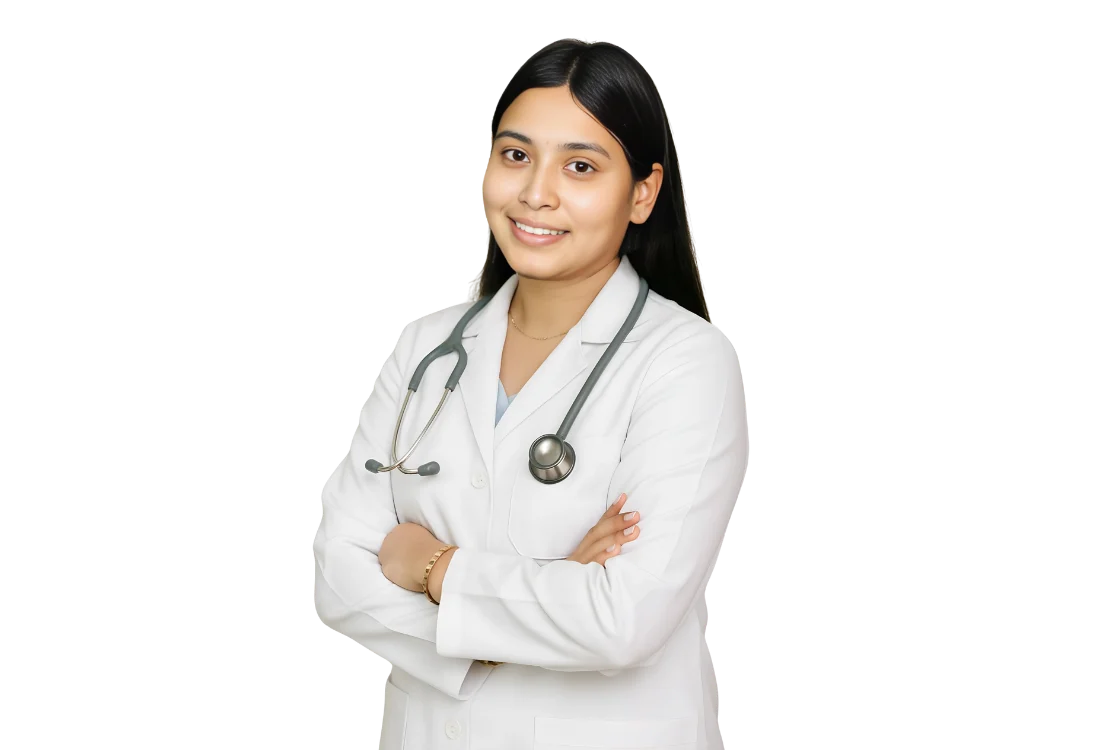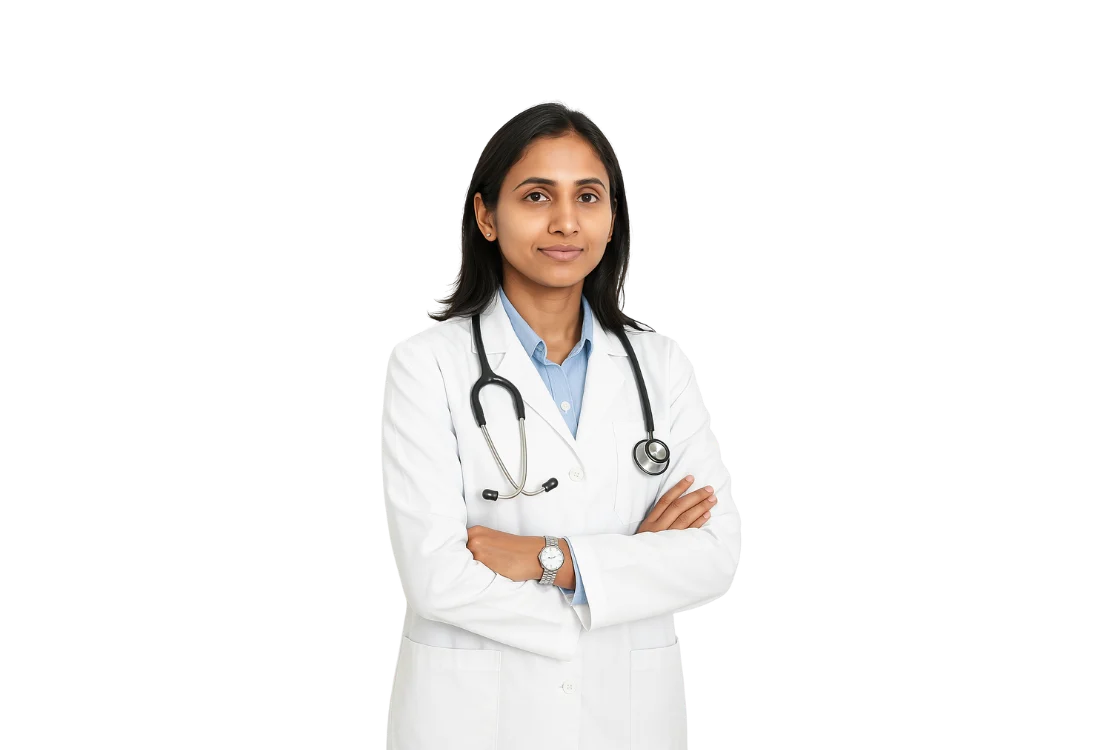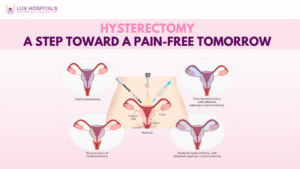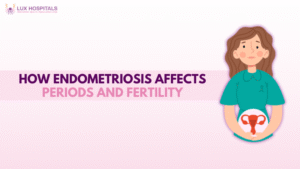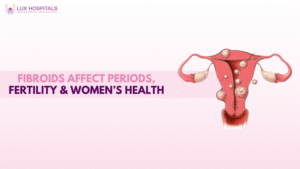Adenomyosis vs. Endometriosis: What’s the Difference?
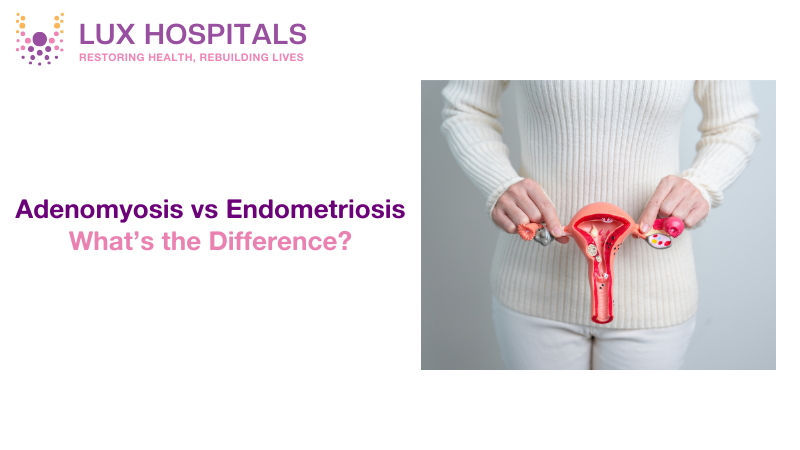
Adenomyosis and endometriosis are two common gynecological conditions that affect millions of women worldwide. They often present with similar symptoms, such as pelvic pain and heavy menstrual bleeding, which can make it difficult to distinguish between the two. However, the causes, locations, and treatments for each condition are different. Understanding the difference between adenomyosis vs. endometriosis is essential for receiving the right diagnosis and treatment.
What is Adenomyosis?
Adenomyosis occurs when the tissue lining the uterus (endometrium) starts growing into the muscular wall of the uterus (myometrium). This causes the uterine walls to thicken and can lead to an enlarged uterus. The condition can result in painful periods, heavy bleeding, and general discomfort.
Causes of Adenomyosis
The exact cause of adenomyosis remains unclear, but several factors may contribute to its development, including:
- Hormonal imbalances – Estrogen levels seem to play a key role in triggering adenomyosis.
- Childbirth – The condition is more common in women who have had multiple pregnancies.
- Uterine inflammation – Previous uterine surgeries, such as a C-section or fibroid removal, may increase the risk.
Symptoms of Adenomyosis
- Heavy or prolonged menstrual bleeding
- Severe cramps during periods
- Pelvic pain and pressure
- Pain during intercourse
- Feeling of fullness or bloating in the lower abdomen
Women with adenomyosis often experience worsening symptoms over time, especially as they approach their 40s or 50s.
What is Endometriosis?
Endometriosis is a condition where tissue similar to the uterine lining grows outside the uterus. It commonly affects the ovaries, fallopian tubes, and the lining of the pelvic cavity. This tissue responds to hormonal changes during the menstrual cycle, causing inflammation, scarring, and pain.
Causes of Endometriosis
Several factors may contribute to the development of endometriosis, including:
- Retrograde menstruation – Menstrual blood flows backward through the fallopian tubes into the pelvic cavity instead of exiting the body.
- Hormonal factors – High levels of estrogen may promote the growth of endometrial tissue outside the uterus.
- Immune system issues – An impaired immune system may fail to recognize and destroy abnormal tissue growth.
- Genetic factors – A family history of endometriosis increases the risk.
Symptoms of Endometriosis
- Severe pelvic pain, especially during menstruation
- Pain during intercourse
- Painful urination or bowel movements during periods
- Heavy or irregular periods
- Infertility
The severity of symptoms doesn’t always correlate with the extent of the condition. Some women with mild endometriosis may experience severe pain, while others with advanced endometriosis might have minimal discomfort.
Adenomyosis vs. Endometriosis: Key Differences
Despite having overlapping symptoms, adenomyosis vs endometriosis are distinct conditions with different underlying mechanisms and treatment approaches.
Factor | Adenomyosis | Endometriosis |
Location | Endometrial tissue grows into the uterine muscle | Endometrial tissue grows outside the uterus |
Age Group | More common in women over 30, especially after childbirth | Can affect women of any age, including teenagers |
Pain Type | Cramping and pelvic pressure | Sharp, stabbing pelvic pain |
Menstrual Impact | Heavy or prolonged periods | Pain and irregular bleeding |
Fertility Impact | May affect fertility in some cases | Strongly linked to infertility |
Diagnosis | Ultrasound or MRI | Laparoscopy (minimally invasive surgery) |
| Treatment | Pain relief, hormonal therapy, or hysterectomy | Pain relief, hormonal therapy, or laparoscopic surgery |
Diagnosis of Adenomyosis vs. Endometriosis
How is Adenomyosis Diagnosed?
Diagnosing adenomyosis involves:
- Pelvic Exam – A doctor may detect an enlarged and tender uterus during a physical exam.
- Ultrasound – An ultrasound can help identify thickening of the uterine wall.
- MRI (Magnetic Resonance Imaging) – An MRI provides a detailed image of the uterus, showing signs of adenomyosis.
How is Endometriosis Diagnosed?
Diagnosing endometriosis is more complex and may require:
- Pelvic Exam – The doctor may feel nodules or tender areas during the exam.
- Ultrasound – While it may detect ovarian cysts caused by endometriosis, it cannot confirm the condition directly.
- Laparoscopy – This surgical procedure allows the doctor to visualize and confirm the presence of endometrial tissue outside the uterus.
Treatment Options for Adenomyosis vs. Endometriosis
Treatment for Adenomyosis
Treatment for adenomyosis depends on the severity of symptoms and the patient’s age and reproductive goals. Options include:
- Pain Relievers – Over-the-counter medications like ibuprofen can help manage pain.
- Hormonal Therapy – Birth control pills, hormonal IUDs, and other therapies can reduce heavy bleeding and pain.
- Endometrial Ablation – A procedure to remove the uterine lining, which may reduce bleeding but not cure adenomyosis.
- Hysterectomy – In severe cases, removing the uterus may be the only effective solution.
Treatment for Endometriosis
Treatment for endometriosis aims to reduce pain and improve fertility, if needed:
- Pain Relief – Nonsteroidal anti-inflammatory drugs (NSAIDs) can help manage pain.
- Hormonal Therapy – Birth control pills, GnRH agonists, and progestins can help control the growth of endometrial tissue.
- Laparoscopic Surgery – A minimally invasive procedure to remove endometrial tissue and reduce pain.
- Fertility Treatments – If endometriosis affects fertility, treatments such as in vitro fertilization (IVF) may be recommended.
Impact on Fertility
Both adenomyosis vs endometriosis can affect fertility, but in different ways:
- Adenomyosis – Can interfere with embryo implantation and increase the risk of miscarriage.
- Endometriosis – Can cause scarring and blockage of the fallopian tubes, making it harder for the egg and sperm to meet.
Women with endometriosis may have more difficulty conceiving than those with adenomyosis, but treatment options are available to improve reproductive outcomes.
Living with Adenomyosis and Endometriosis
Managing these conditions requires a combination of medical treatment and lifestyle adjustments:
- Diet and Exercise – Eating an anti-inflammatory diet and maintaining a healthy weight can help reduce symptoms.
- Stress Management – Techniques such as yoga, meditation, and acupuncture can help manage pain and improve overall well-being.
- Support Groups – Connecting with others who have similar experiences can provide emotional support and practical advice.
Conclusion
While adenomyosis vs endometriosis share some similarities, they are distinct conditions that require different diagnostic and treatment approaches. Early diagnosis and proper management are key to improving quality of life and reproductive health. If you experience symptoms such as pelvic pain, heavy periods, or infertility, consult a healthcare provider for an accurate diagnosis and personalized treatment plan. Understanding adenomyosis vs. endometriosis is the first step toward finding relief and improving your health.
Frequently Asked Questions
Endometriosis is generally more serious as it can cause infertility and severe pain, while adenomyosis mainly affects menstrual health and uterine function.
Treatment options include pain relievers, hormonal therapy, and surgery. A hysterectomy is sometimes recommended for severe adenomyosis, while laparoscopy is common for endometriosis.
Yes, both conditions can impact fertility. Endometriosis can cause scarring and blocked fallopian tubes, while adenomyosis can interfere with embryo implantation.
Yes, a healthy diet, regular exercise, stress management, and avoiding inflammatory foods can help reduce symptoms.
Adenomyosis is more common in women over 30, especially after childbirth, while endometriosis can affect women of any age, including teenagers.








